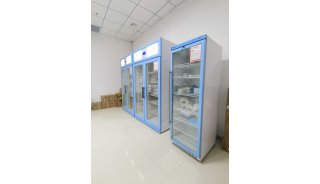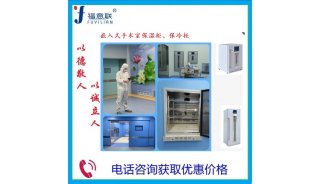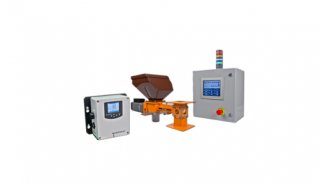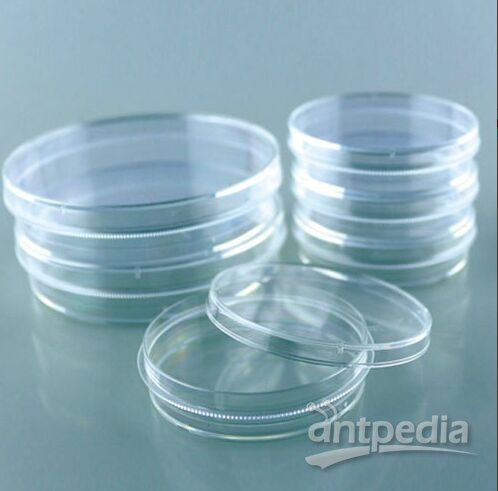基本无菌化技术4
P REPARATION OF THE SURGEON
In a laboratory setting, the extent of surgeon preparation will depend on the facilities and the need for strict attention to aseptic technique. Well-equipped surgical facilities, in which sophisticated survival proce dures are performed, generally require surgeons to wear appropriate surgical clothing and to scrub, gown and glove. Instruction in such procedures should be done on a one-to-one or small group basis in appropriately designed scrub rooms. To augment the ac tual hands-on approach or when necessary a video tape demonstration or pictorial diagrams can be used. Readers are advised to consult the references quoted at the end of the chapter for instructional details.
To minimize wound contamination potent ial, the surgeon should change into surgical scrubs and shoes or wear shoe covers. Head covers and face masks should cover all facial hair. Remove all rings, jewelry and wrist watches before scrubbing. Finger-nails should be trimmed short and cleaned with a disposable nail cleaner. Scrub sinks equipped with leg or foot-operated faucets are ideal. Regular faucets must be turned on, adjusted and not touched again. The hands and forearms are washed for 30 to 60 seconds with a surgical scrub soap. Then a ster ile brush is used to methodically scrub all surfaces of the hands, fingers and forearms down to the elbows. Both arms are rinsed and the process repeated starting with fingertips working down to the elbows. The definition of a "complete surgical scrub" is controversial. However, contact times of 3 to 15 minutes and/or 5 to 20 strokes per surface are frequently recommended.
After rinsing, the hands are held together high and rinse water allowed to drip from the elbows. This minimizes the contaminat ion of hands by water dripping from the non-sterile upper arm areas. The surgeon should avoid touching anything at this stage except to dry the hands with a sterile towel. Next the sterile gown is carefully removed from the pack to avoid touching the outs ide of the gown. It is held away from the body and shaken out. The sleeve hole is located and each arm inserted in turn. Correct gowning requires an assistant to tie the back of the gown at the neck and waist (being careful to touch only the inner gown su rface).
Sterile surgical gloves are packaged with the cuff of each glove turned down. This allows the gloves to be put on without the bare hands ever touching the outside surface of the glove. One glove is picked up by the turned-down cuff and pul led onto the hand with the cuff left turned down (see Figure 4 - 1 and 2). Using the gloved hand, pick up the remaining glove by inserting the fingers into the cuff and pulling it onto the opposite hand (see F igure 4 - 3). Then the glove cuff is lifted over and onto the gown cuff and the process repeated on the other hand (see Figure 4 - 4,- 5,- 6). This technique is known as "open gloving." An alternative and more difficult method is closed gloving, descriptions of which can be found in general surgical texts. Remove the powder on the outer glove surface by wiping the gloved hands with a damp sterile gauze. Arms and hands should be held above the waist at all times. Aseptic techni que is maintained when the gowned and gloved surgical team only touches sterilized equipment within the sterile field.
The surgeon working alone faces logistical problems when attempting rigid aseptic protocol as defined above. A proposed practica l sequence of steps to minimize errors is presented as follows:
1. Assemble all sterilized supplies.
2. Change into scrubs.
3. Set up table, heat pads and gas machines, check equipment.
4. Weigh animal, induce anesthesia. P repare animal by hair clip and shave, catheters placed as required.
5. Position and secure animal on the table.
6. Connect to gas machine, connect accessory monitors. Start I.V. lines as required.
7. Make certain that a stable anes thetic plane is attained.
8. Put on cap, mask. Open sterile instrument and prep packs.
9. Using one sterile glove, prepare surgical site with scrub solutions.
10. Put on new sterile glove and drape patient.
11. Remove glove s. Recheck stable anesthetic state. Open glove and gown packs if not included in instrument pack.
12. Perform surgical scrub.
13. Put on gown and gloves.
14. Start surgery.
SUMMARY
The practice of aseptic tec hnique, when performing survival surgical procedures, minimizes the chances that animal health or experimental data will be compromised by post-surgical infections. Aseptic techniques require that appropriate facilities and equipment be available and that the personnel involved be adequately trained. The key element in maintaining an aseptic environment is well-trained personnel who understand the principles of aseptic technique and utilize this knowledge on an ongoing basis.
REFERENCES
Animal Welfare Act (Title 7 U.S.C. 21 31-2156) as amended by PL 99-198, December 23, 1980.
Lang, C.M. Animal Physiologic Surgery. Springer-Verlag, New York, 1976.
Leonard, E.P. Fundamentals of Small Animal Surgery. W.B.S anders, Philadelphia, 1968.
Knecht, C.D., Allen, A.R., Williams, D.J., et al. Fundamental Techniques in Veterinary Surgery. W.B. Sanders, Philadelphia, 1981.
Gardner, J.F. and Peel, M.M. Introduction to Sterilization and Disinfec tion. Churchill Livingstone, Melbourne, 1986.
McCredie, J.A. and Burns, G.P. (eds.), Basic Surgery. MacMillan Pub. Co., New York, 1986.
Banerjee, K. and Cheremisinoff, P.N. Sterilization Systems. Technomic Publishing Comp any Inc., Lancaster, PA; 1985.






















